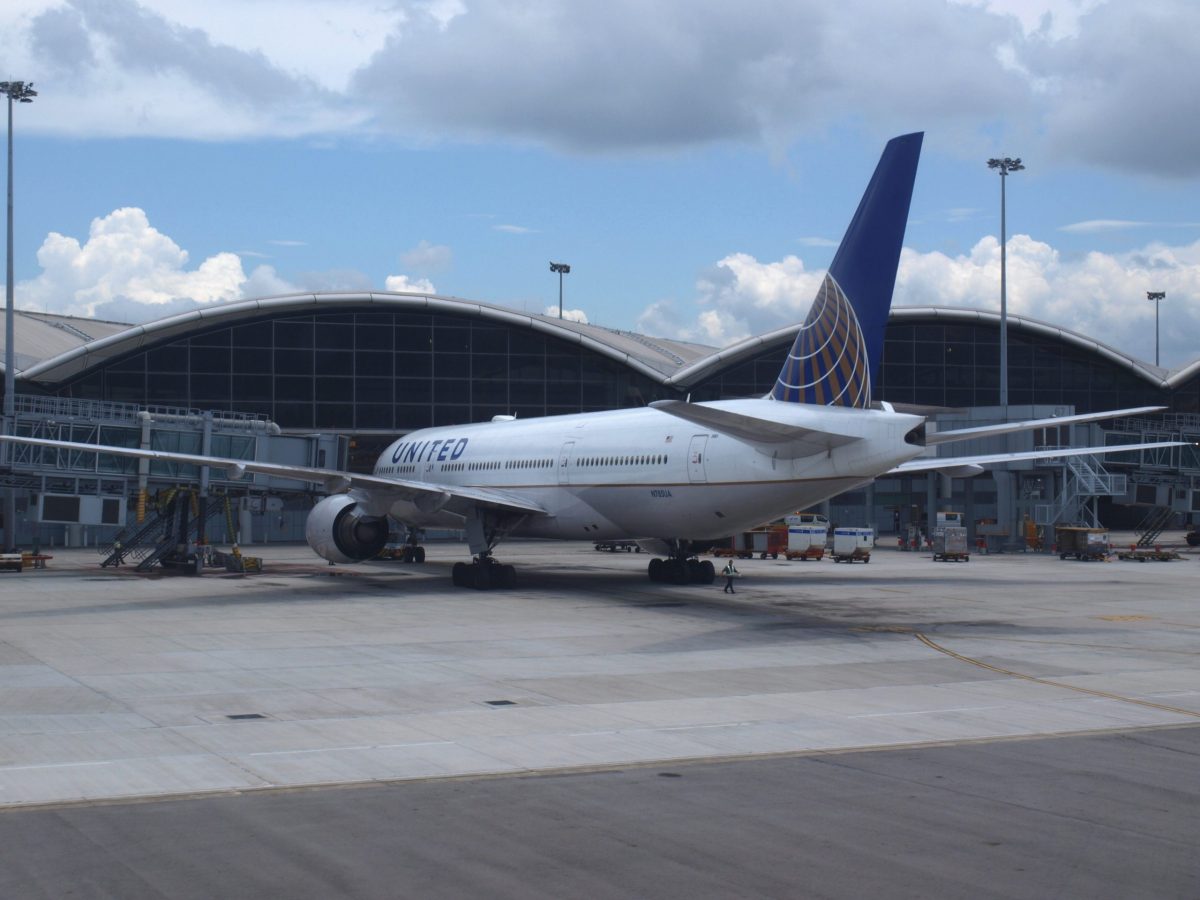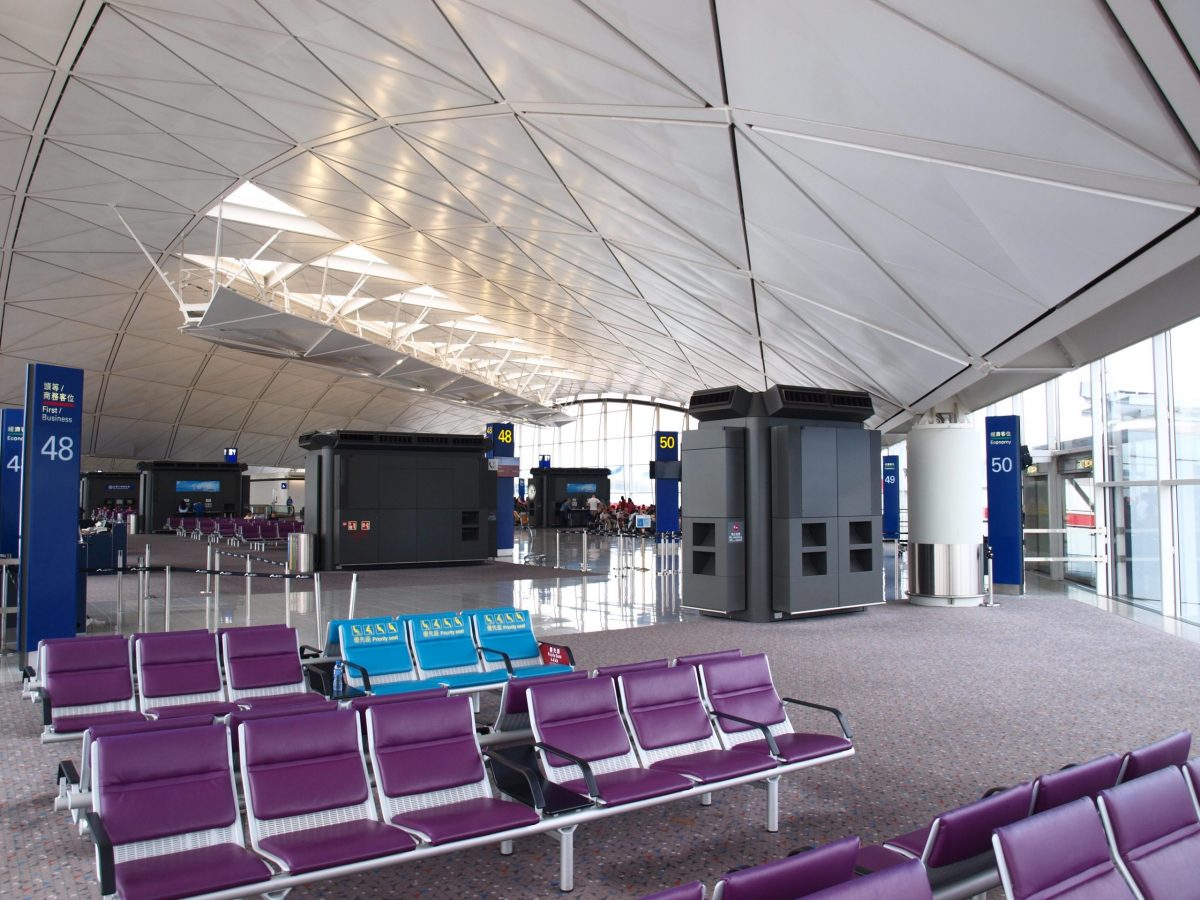The ongoing novel Coronavirus outbreak has led global carriers to suspend – or significantly reduce – their presence in Mainland China in recent days. This is now impacting Hong Kong with two of America’s largest carriers announcing a temporary suspension of services to the city.

While the bulk of Coronavirus cases remain concentrated in the City of Wuhan and Hubei Provence, the outbreak has now spread across Mainland China, as well as reaching the autonomous regions of Hong Kong, Macau and 25 other countries.
British Airways was quick to act, announcing a suspension of flights to Mainland China in late January. The decision impacts the airline’s services from London Heathrow to Beijing and Shanghai. As one of the first large global carriers to make such a significant move, the decision made headlines worldwide.
In the weeks since the outbreak was first identified, many global carriers have moved to cancel or reduce flights to Mainland China as safety concerns mount amid a decline in demand.
The latest customer travel advice in regards to the situation with coronavirus can be found here: https://t.co/AtrWyMFTWb pic.twitter.com/4WTNyxiLsX
— virginatlantic (@VirginAtlantic) February 3, 2020
Governments around the world have responded to the outbreak by implementing a variety of travel restrictions, in an effort to contain the spread of the virus.
The Australian Government is now urging Australians to avoid travel to China, with the official Smart Traveller alert raised to ‘Four – Do Not Travel’.
On 1 February the Government announced that Australia would deny entry to anyone who has left (or transited) Mainland China; with the exception of Australian citizens or permanent residents and their immediate families. Such a move has temporarily curtailed the once-booming Chinese tourism market in Australia.
New Zealand has taken similar steps, announcing on 2 February that it will close its borders to foreigners who have travelled from Mainland China, including anyone in transit, though exemptions exist for citizens and permanent residents.
Further afield, the U.S. Department of State is advising citizens not to travel to China, while entry restrictions are firmly in place. Such measures see foreign nationals who have travelled to or transited China denied entry.
While allowances are being made for the immediate family of US citizens – as well as permanent residents and flight crew – all passengers who have travelled through China that wish to enter the United States may only do so via 11 specific airports. Additionally, mandatory quarantine measures are in place for US citizens who have travelled to China.
Singapore, Israel, Philippines and Italy are among a host of other countries to apply travel restrictions of varying degrees, leading airlines to quickly adjust their schedules in an attempt to adapt to the new operating environment.
Qantas recently announced it would suspend its Sydney-Beijing, and Sydney-Shanghai services from 9 February, citing the impact travel restrictions are having on the movement of its crew across its international network.
Singapore Airlines – which maintains a significant presence at Australian airports – has reduced the frequency of services to Mainland China, leading to the cancellation of a number of flights operated by both Singapore Airlines and Silkair.
Middle eastern airlines’ Emirates and Etihad – popular with Australian travellers heading to Europe – have stopped shy of cancelling all Chinese services, with Emirates announcing it will suspend most flights to Mainland China from 5 February.

This includes the airline’s services to Guangzhou and Shanghai, however, Beijing flights will be retained, albeit at a reduced capacity, with the usual Airbus A380 equipment being replaced by smaller Boeing 777s.
Additionally, the airline is advising passengers departing Beijing to arrive at the airport 8 hours prior to their flight to facilitate: “additional medical tests.”
Rival UAE carrier Etihad has taken similar steps, with Beijing remaining its only destination in Mainland China from 5 February, while Qatar Airways, which links Doha with the Australian cities of Sydney, Melbourne, Adelaide and Perth cancelled all flights to Mainland China from 3 February citing: “significant operational challenges caused by entry restrictions imposed by a number of countries.”
Yet despite mass cancellations of Mainland Chinese services, until recently, Hong Kong remained largely unaffected by travel restrictions.
A major international hub, Hong Kong International Airport serves a plethora of global carriers, supporting over 427,700 annual aircraft movements and over 74.3 million passengers each year.
However, American Airlines’ recent decision to suspend flights to Hong Kong until 20 February is a telling sign of the global impact that Coronavirus fears are causing.

The decision to suspend Hong Kong flights from American’s hub in Dallas, as well as Los Angeles was later followed by an announcement from United Airlines, which is taking similar measures, with flights between 9 February and 20 February shelved.
The last unaffected United flight departs San Francisco as UA869 on 5 February, returning for American airspace as UA862 on 7 February.
In a prepared statement shared on Social Media, United said that the move to cancel flights was: “In response to the continued drop in demand.”
In response to the continued drop in demand, we are suspending operations to Hong Kong beginning February 8 until February 20. We will continue to monitor the situation as it develops and make any necessary changes to our schedule. Learn more: https://t.co/3g6Lbe4xQZ pic.twitter.com/pgTb2AXBQe
— United Airlines (@united) February 4, 2020
With World Health Organisation chief Tedros Adhanom Ghebreyesus urging nations not to impose measures that “unnecessarily interfere with international travel and trade”, it remains to be seen how far global travel restrictions will go.
However, with two of the world’s largest airlines removing their presence from Hong Kong, the question is raised whether other airlines will follow.
















Mick D
says:Thats because The Bio-level-4 facility just outside of Wuhan was tinkering with bio-weapons as top researchers have found due to the virus having HIV insertions spliced into its Gene sequences.
As to why you wouldnt get this from the excessive response from China alone let alone other countries!
https://www.zerohedge.com/geopolitical/coronavirus-contains-hiv-insertions-stoking-fears-over-artificially-created-bioweapon?fbclid=IwAR359R0u3JJf5CahHwK_TTuNKD0iTa5RSCayAIhm4MWij930v8dSksLWEK0